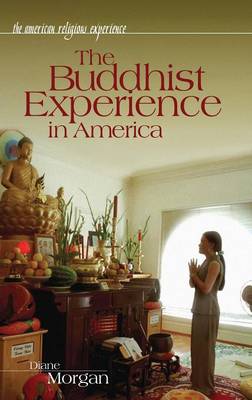The Buddhist Experience in America explores how the world's fourth-largest religion came to America and flourished here. Although the percentage of Buddhists in America has always been, and will probably remain, low, Buddhism has had a greater impact on culture than its small numbers might indicate. Concepts such as Nirvana and practices such as meditation have entered the mainstream of American life. Zen has turned into a commonplace adjective, and everybody knows who the Dalai Lama is. But Buddhism is a much more complex and powerful phenomenon than is indicated a catchy phrase, a political cause, or devotion to a charismatic personality. This book provides an accessible introduction to the religion, as well as to how Buddhists follow their beliefs in the United States.
Just as the teachings of Jesus gave birth to Orthodoxy, Catholicism, and hundreds of different Protestant sects, the teachings of the historical Buddha developed into many different traditions. The Buddhist Experience in America examines how these traditions are practiced: Theravada Buddhism, oldest of Buddhist sects, was the last to have a substantial presence in this country ; the Mahayana tradition, with particular attention to Pure Land Buddhism, the Buddhism of most Japanese- and Chinese-Americans; the special case of Zen Buddhism, which, while a distinctly minority religion is Japan, has been historically the greatest Buddhist influence in America; and Vajrayana, or Tibetan Buddhism, currently the fastest growing school of Buddhism in America. The book includes a discussion of the historical Buddha and an examination of how contemporary Buddhism has responded to current issues and concerns. Appendices include a glossary, a who's who of Buddhism, a timeline, and a list of resources for further information.
- ISBN10 0313324913
- ISBN13 9780313324918
- Publish Date 30 October 2004
- Publish Status Active
- Publish Country US
- Imprint Greenwood Press
- Format Hardcover
- Pages 392
- Language English
